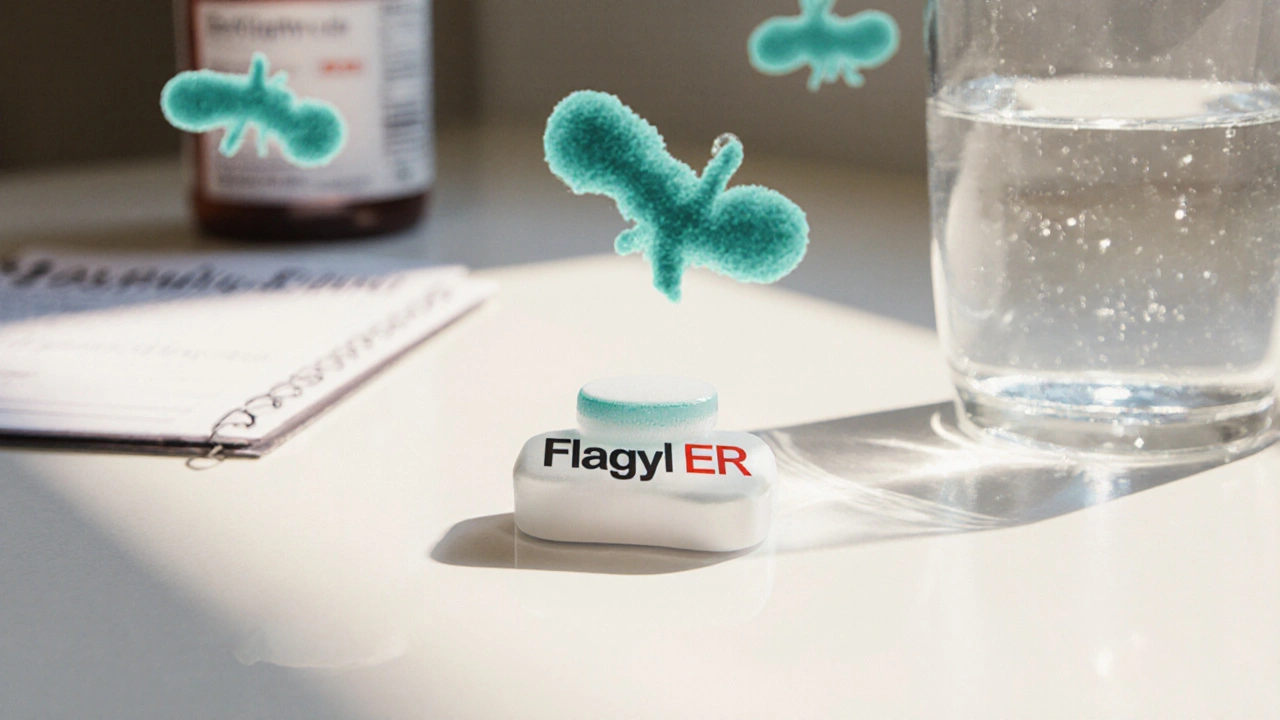Anaerobic Infection Treatment
When dealing with Anaerobic infection treatment, the medical approach to eliminate infections caused by bacteria that thrive without oxygen. Also known as anaerobic infection therapy, it focuses on stopping harmful microbes while protecting surrounding tissue.
The cornerstone is antibiotic therapy, use of drugs active against anaerobes such as metronidazole, clindamycin, or beta‑lactam‑inhibitor combinations. Anaerobic infection treatment also requires surgical drainage, removing pus or infected tissue to reduce bacterial load and improve drug penetration. Accurate microbial culture, lab testing that identifies the specific anaerobe and its antibiotic sensitivities informs drug choice and prevents resistance. In severe or deep‑seated cases, oxygen therapy, providing hyperbaric oxygen to inhibit anaerobic growth and aid tissue healing can boost outcomes. These four elements—antibiotics, drainage, culture, and oxygen—form a linked chain: anaerobic infection treatment encompasses antibiotic therapy, requires surgical drainage, and is guided by microbial culture, while oxygen therapy enhances the overall effect.
Key Components of Effective Treatment
First, pick the right drug class. Metronidazole works well for most oral and gastrointestinal anaerobes, while clindamycin covers skin‑related strains and provides good tissue penetration. For mixed infections, combine a beta‑lactam (like ampicillin‑sulbactam) with a beta‑lactamase inhibitor to broaden coverage. Dosage depends on infection site; deep abscesses often need higher or prolonged dosing.
Second, assess the need for surgical intervention. Any collection of pus—whether in the abdomen, pelvis, or jaw—should be drained promptly. Imaging (ultrasound or CT) helps locate hidden pockets, and minimally invasive techniques reduce recovery time. Post‑procedure, continue antibiotics for at least 5‑7 days, longer if the infection is extensive.
Third, send specimens for culture before the first dose of antibiotics whenever possible. Culture results typically return in 48‑72 hours and can reveal resistant strains, allowing clinicians to de‑escalate to a narrower drug and reduce side‑effects. In settings where culture isn’t feasible, empirical therapy follows local resistance patterns.
Finally, consider adjunctive oxygen therapy for necrotizing soft‑tissue infections or severe clostridial disease. Hyperbaric chambers increase oxygen levels in tissues, directly inhibiting anaerobic growth and supporting immune function. While not a replacement for antibiotics or surgery, it can shorten hospital stays and improve wound healing.
Putting these pieces together gives a clear roadmap: identify the infection, choose the appropriate antibiotics, verify the culprit with culture, drain any collection, and add oxygen therapy if the case is severe. Below you’ll find articles that dig deeper into each step, from drug comparisons to surgical techniques, so you can tailor the right plan for any anaerobic infection you encounter.
Flagyl ER vs Alternatives: Metronidazole Comparison Guide
- Beata Staszkow
- |
- |
- 9
A practical guide comparing Flagyl ER (Metronidazole) with key alternatives, covering efficacy, side effects, cost, and best-use scenarios.
View more
